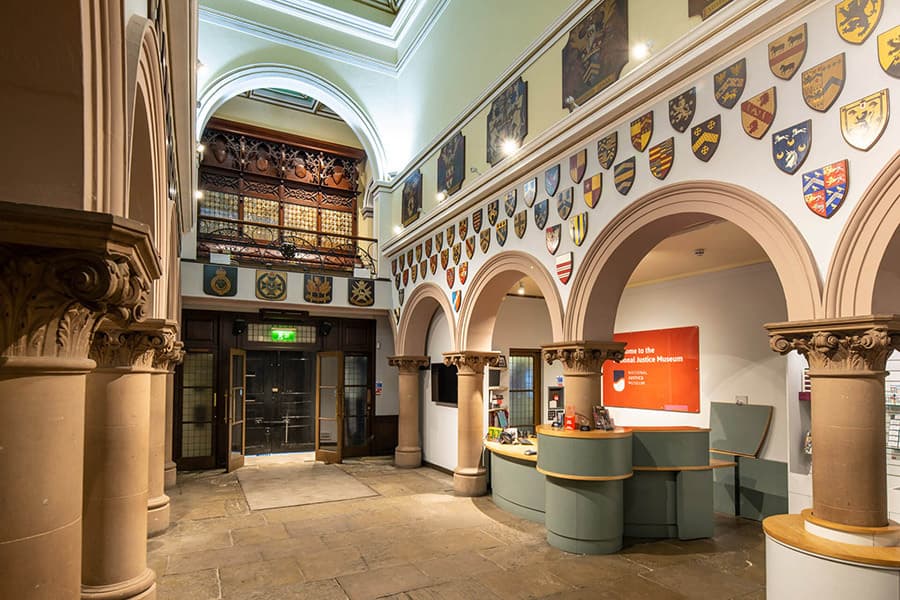Latst News and Blog
The History of Borstals in England - Part 5 - Education and Routine
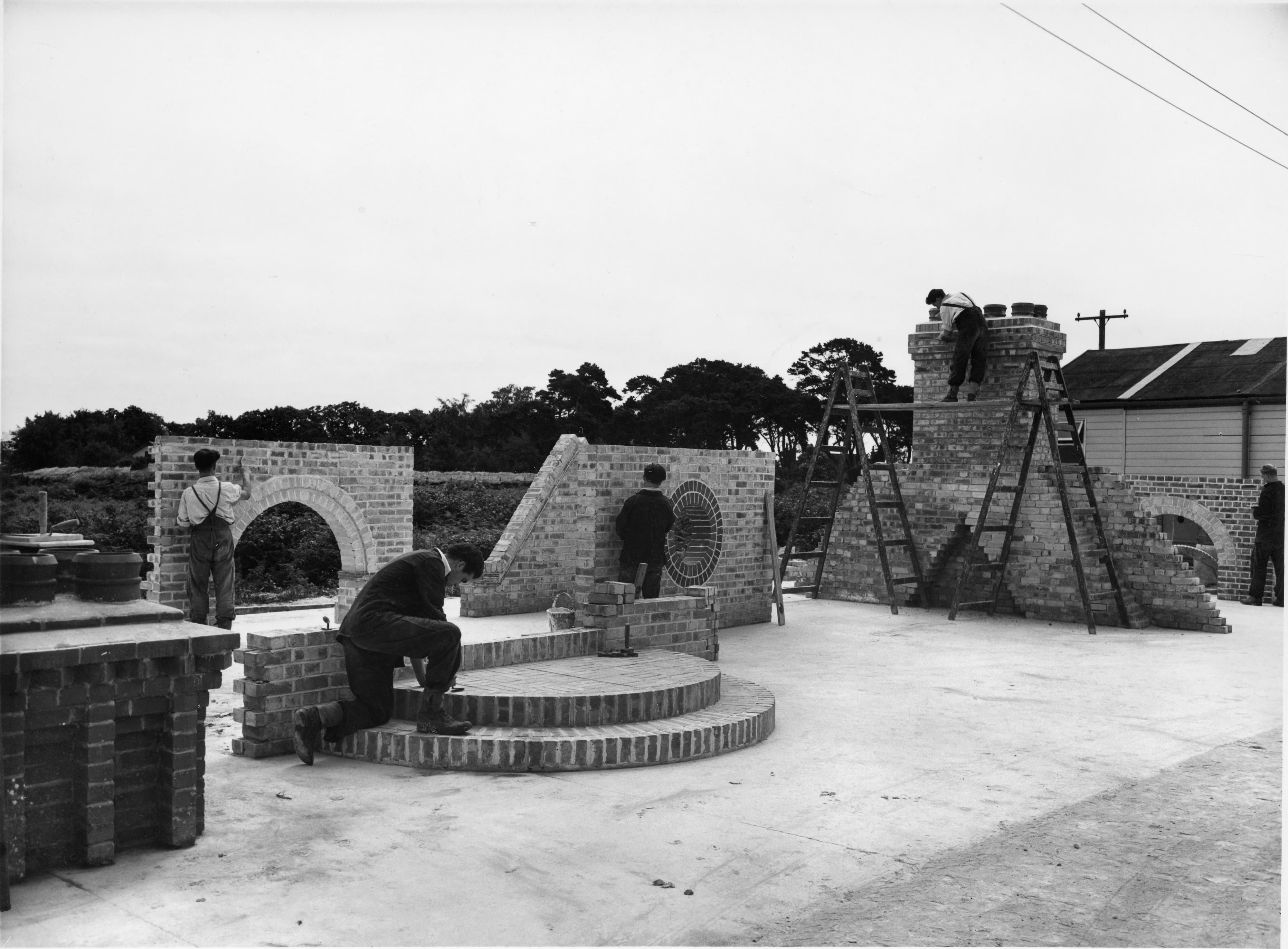
14/10/2024
Dan Ewers is a PhD researcher based at the University of Leeds. During 2023 he explored the archives held at the National Justice Museum researching the history of borstal institutions in the United Kingdom. This blog shares another important element of life for juveniles living in a borstal: education and training.
Whilst inside the borstal system, juveniles were given vocational training in various trades, including bricklaying, carpentry, plumbing, painting/decorating, motor mechanics, cooking, and metalworking.
Although the duration of a borstal sentence was seen to be insufficient time for training to a high level of expertise and craftsmanship, this vocational training was intended to prepare them for working life upon their release and provide them with a basic knowledge of various trades. Those juveniles who worked as either a labourer or a tradesperson within borstals were often paid for their work, with all earnings being able to be spent in the canteen on items such as cigarettes and sweets. In some cases, the money earned could also be saved up for collection on discharge from the borstal.
In one instance in 1968, four boys from Gaynes Hall borstal even absconded from the borstal site in the car used in their motor vehicle maintenance classes, which had been ‘taken to pieces and re-assembled dozens of times during a vocational training course’ (Daily Mirror, 16 February 1968). The boys were reported to have ‘hauled the car out of a workshop, filled it with petrol, and then drove off through the main gate’ (Daily Mirror, 16 February 1968).

Trade Instruction at Hollesley Bay Colony, c.1950s
Borstal juveniles were often tasked with manufacturing work whilst working in borstals. Within the National Justice Museum’s archive, and other historical work on borstals, mention can be found of juveniles manufacturing reins and saddles, chain link fencing, bed frames, boat hulls, brushes, sheet metal, rugs, stools, wireless radio repair, shoemaking and repairing, and dressmaking and seamstress work (at East Sutton Park Girls Borstal).
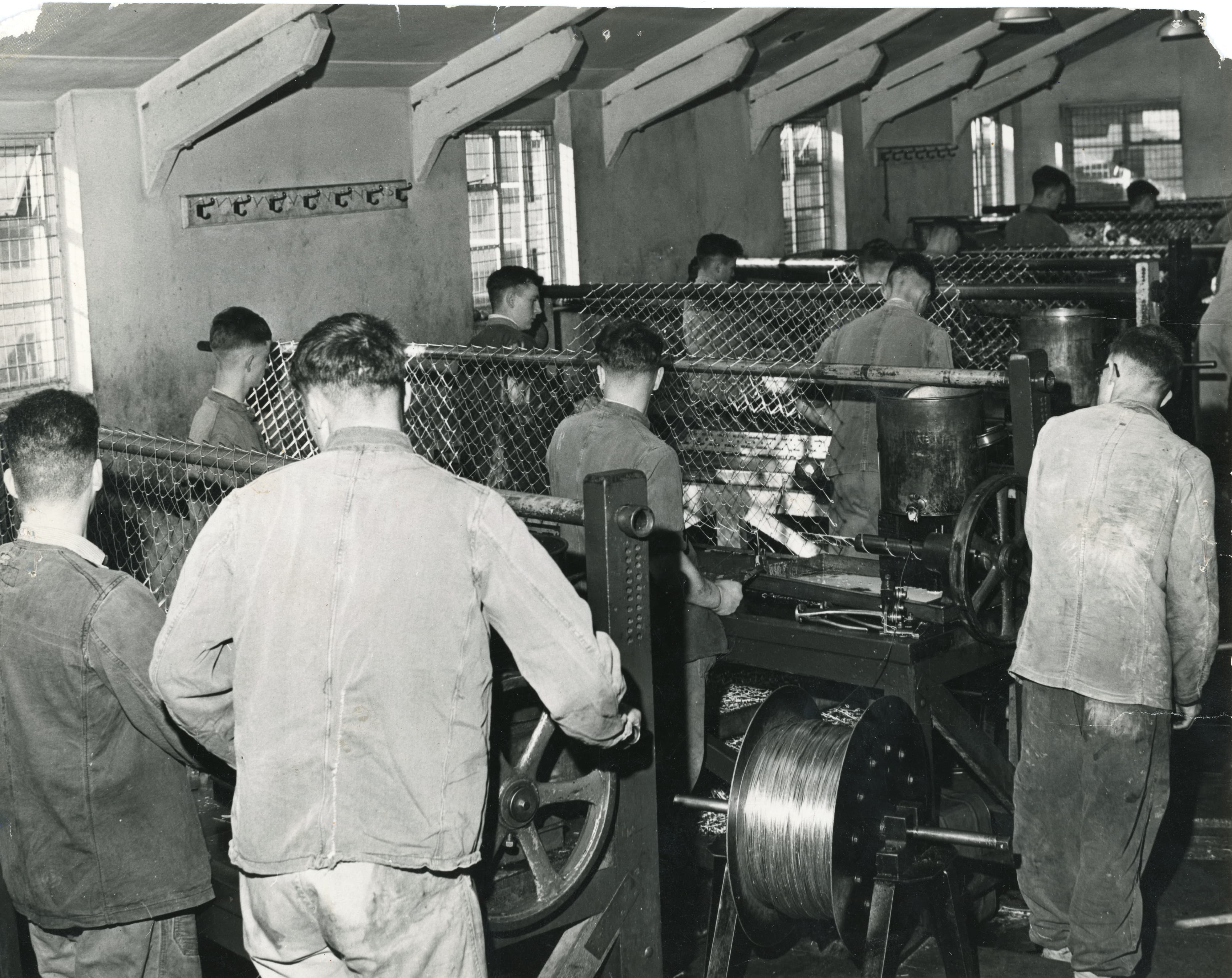
Production of Chain Link Fencing at Reading Borstal, c. 1960s
Both male and female juveniles in borstal were expected to attend semi-regular evening education classes as part of their daily routine, often provided by local teachers and instructors. Their reading and writing skills were often assessed upon their entry into the borstal system, with them being classified by age as well as their assessed intelligence scores and sent to a borstal site that was deemed to match both their abilities and their criminal history. As a result, certain borstal institutions were categorised as catering for certain ‘types’ of juveniles, grouped by age, character (in the case of absconding risk in particular), and criminal record.
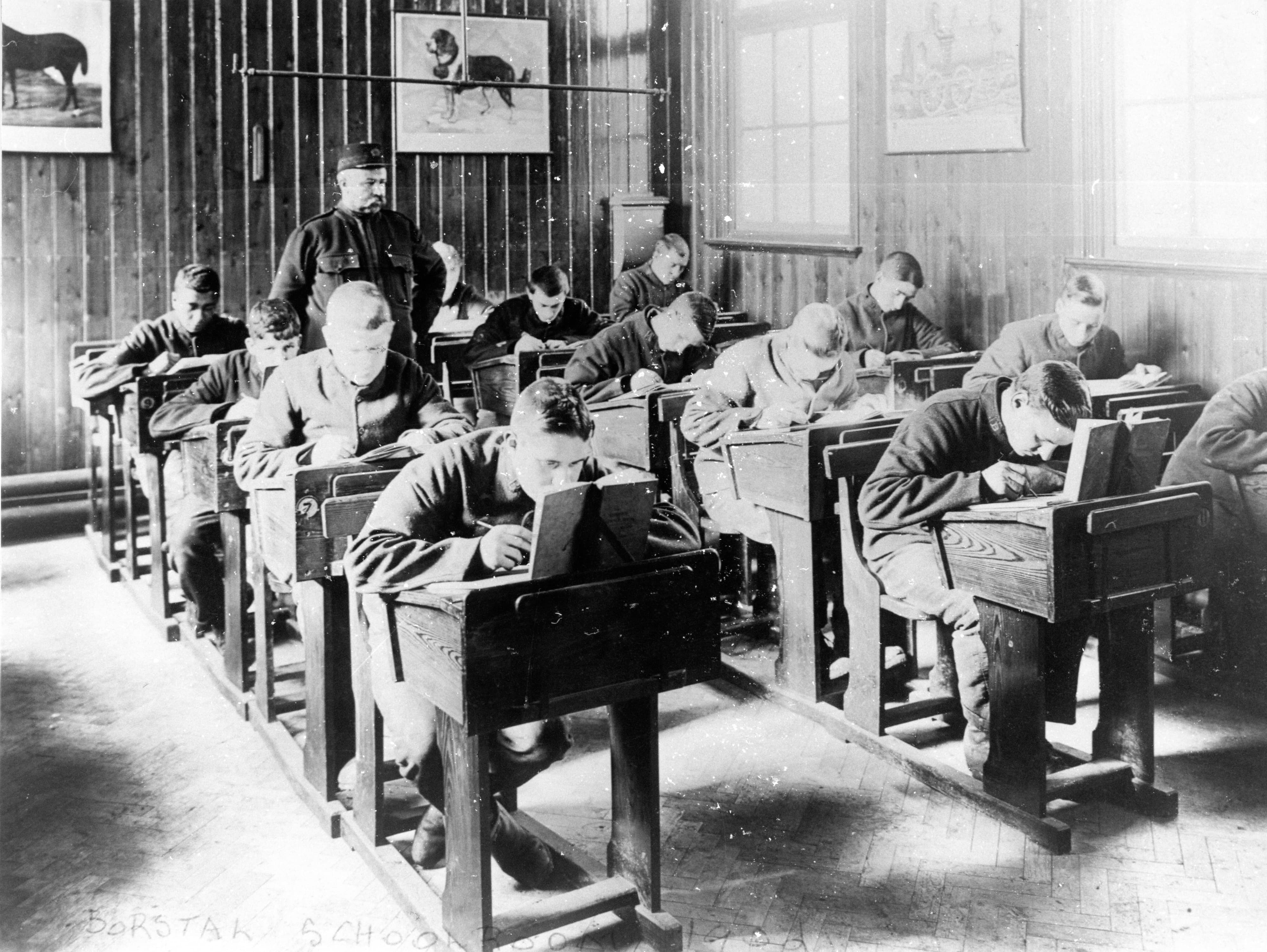
A Class Taking Place at Rochester Borstal, 1908.
The Principles of the Borstal System, published by the Home Office in 1932, described education as being as important as physical health for juveniles in borstal and encouraged a variety of subjects intended to interest and engage those whose schooling may have been disrupted. Classes in English and arithmetic were given alongside lessons on social and political issues such as government, financial management, and the law. At Gaynes Hall borstal, the boys even took classes on business studies, with boys completing an Ordinary National Certificate of Business studies before moving onto a Certificate in Office Studies if they had completed a year’s practical office training. In 1971, a group of borstal boys from Gaynes Hall entered a national competition which saw them being given an imaginary £1000 to invest in the stock market. In a previous year, one borstal boy was reported after three months to have turned his £1000 into £250,000 through profitable investments.
Girls at Aylesbury Borstal were also reported to have attended classes in subjects including music, art, handicrafts, shorthand and typewriting, hygiene, home management and mothercraft. The education programmes at boys’ and girls’ borstals typically featured classes associated with prevalent gender norms, with boys being taught trade skills, business, and politics and girls being taught skills that were believed to ‘return’ wayward girls to their stereotypical caring roles as wives and mothers, such as mothercraft, domestic science, and handicrafts.

Borstal Inmates from Hollesley Bay Colony Looking at Notices for Upcoming Film Showings, c. 1950.
Pursuing hobbies and interests was actively encouraged for the juveniles within the borstal system. Visits to local cinemas, concerts, and theatres were arranged for inmates by borstal staff. Boys staged their own dramatic productions – the Gaynes Hall Drama Group staged several local performances including a pantomime of Aladdin in 1960 with proceeds going to a local church restoration fund. The young people were encouraged to read and listen to music during their free time within borstal. At the 1959 St Neots Carnival festivities, it was even reported that ‘500 skiffle-happy teenagers jived in the tented arena at the skiffle competition. Of four bands competing, that of Gaynes Hall Borstal Institution was adjudged the winner’ (Bedfordshire Times and Independent, 4 September 1959).
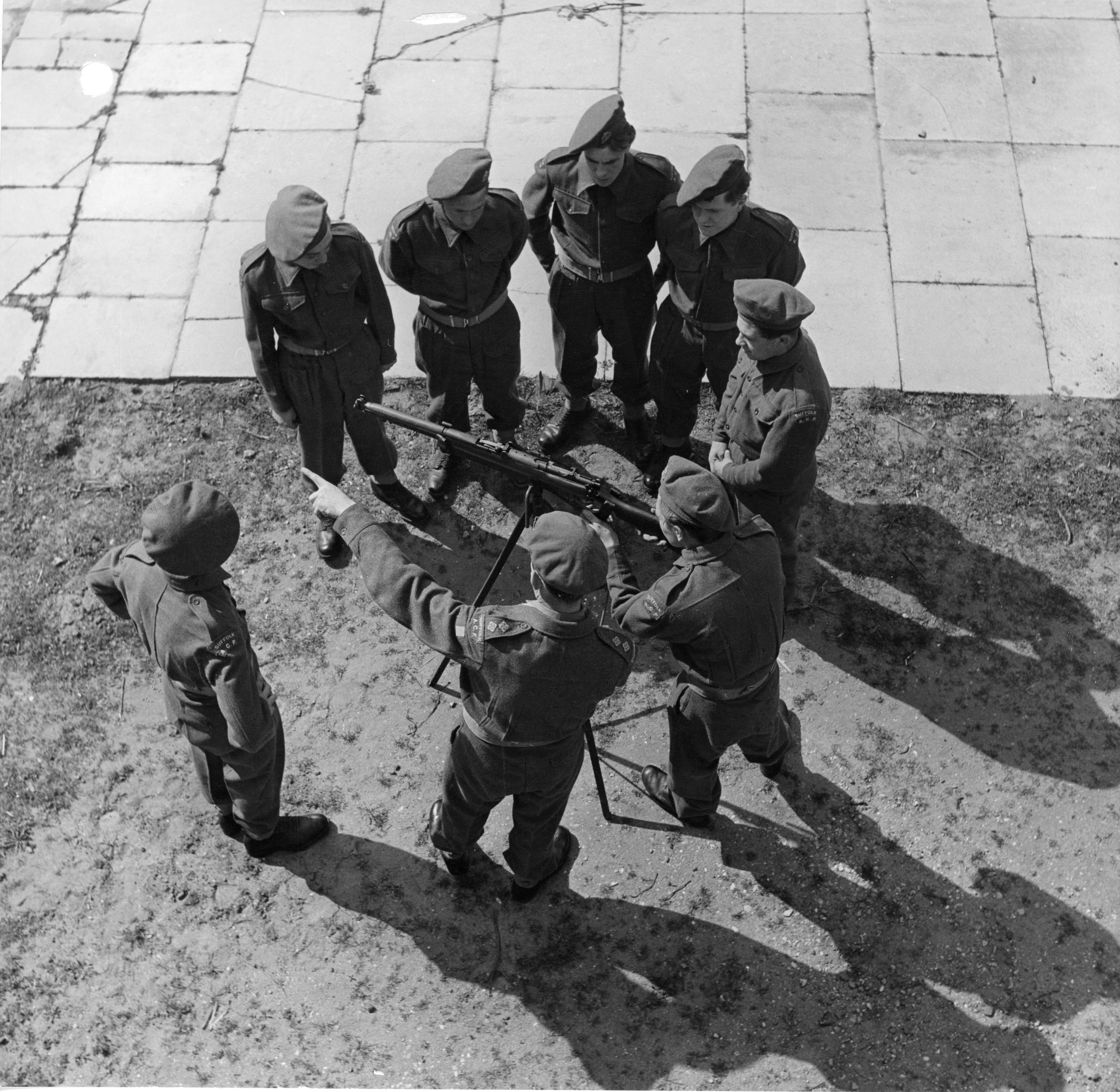
Hollesley Bay Borstal Boys in Army Cadet Uniforms Receiving Rifle Instruction, c. 1950s.
Juveniles in Borstal would occasionally join external groups and organisations during their time in borstal, including Scouts and Guides and local Army Cadet groups. Selected juveniles would be permitted to participate in cadet events, such as football matches and parades, as well as attending an annual cadet camp. At Rochester Borstal, it was reported that many boys passed straight into the army on their discharge, with the combination of cadet and borstal training being seen as forming the preliminary training for military duties.
This research has been produced by as the result of a 4-month REP placement at the National Justice Museum. Many thanks go to The National Justice Museum and the White Rose College of the Arts and Humanities for their support throughout this project.
OTHER NEWS AND BLOGS
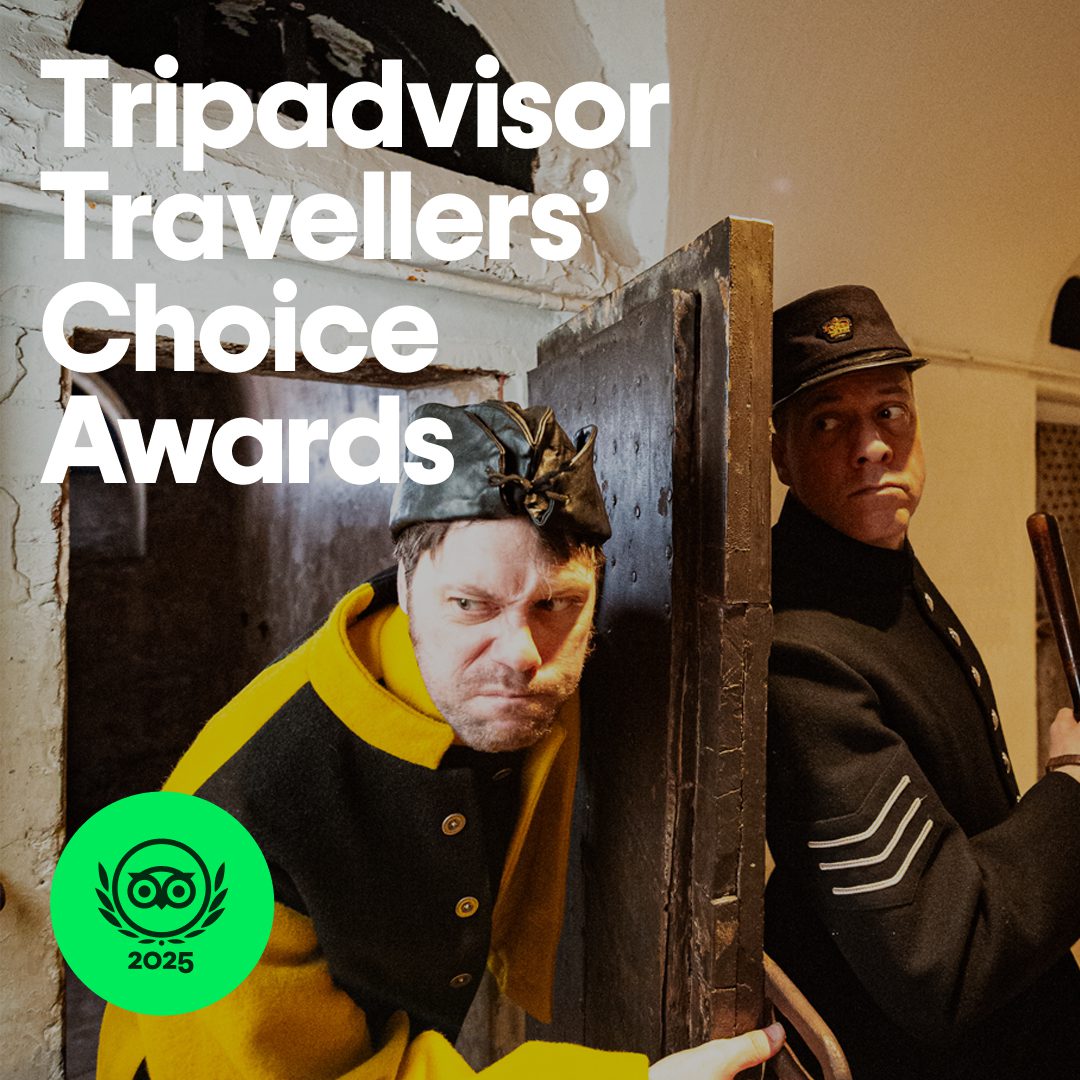
National Justice Museum and City of Caves recognised in the top 10% of attractions around the world
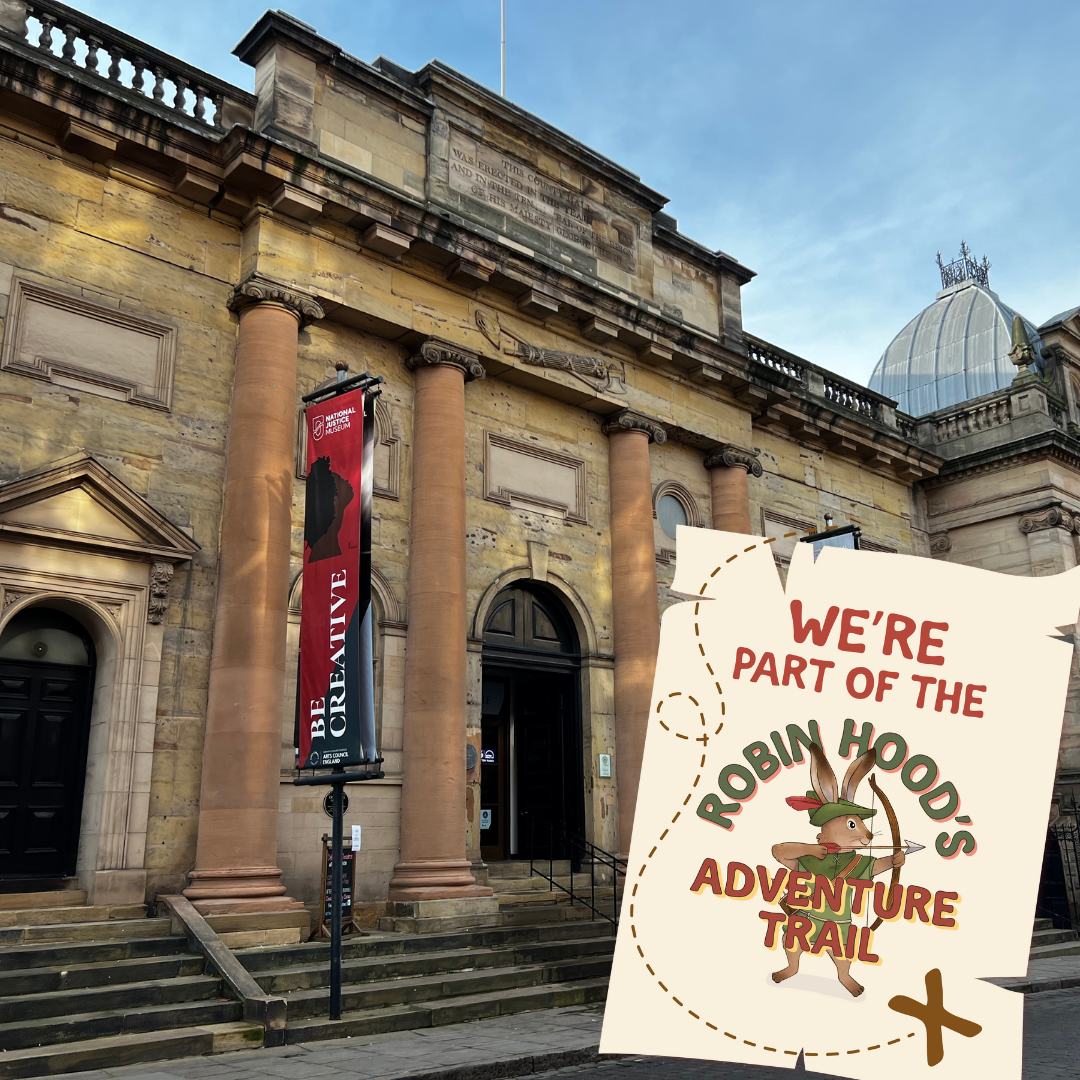
Find us on the Robin Hood Adventure Trail this summer
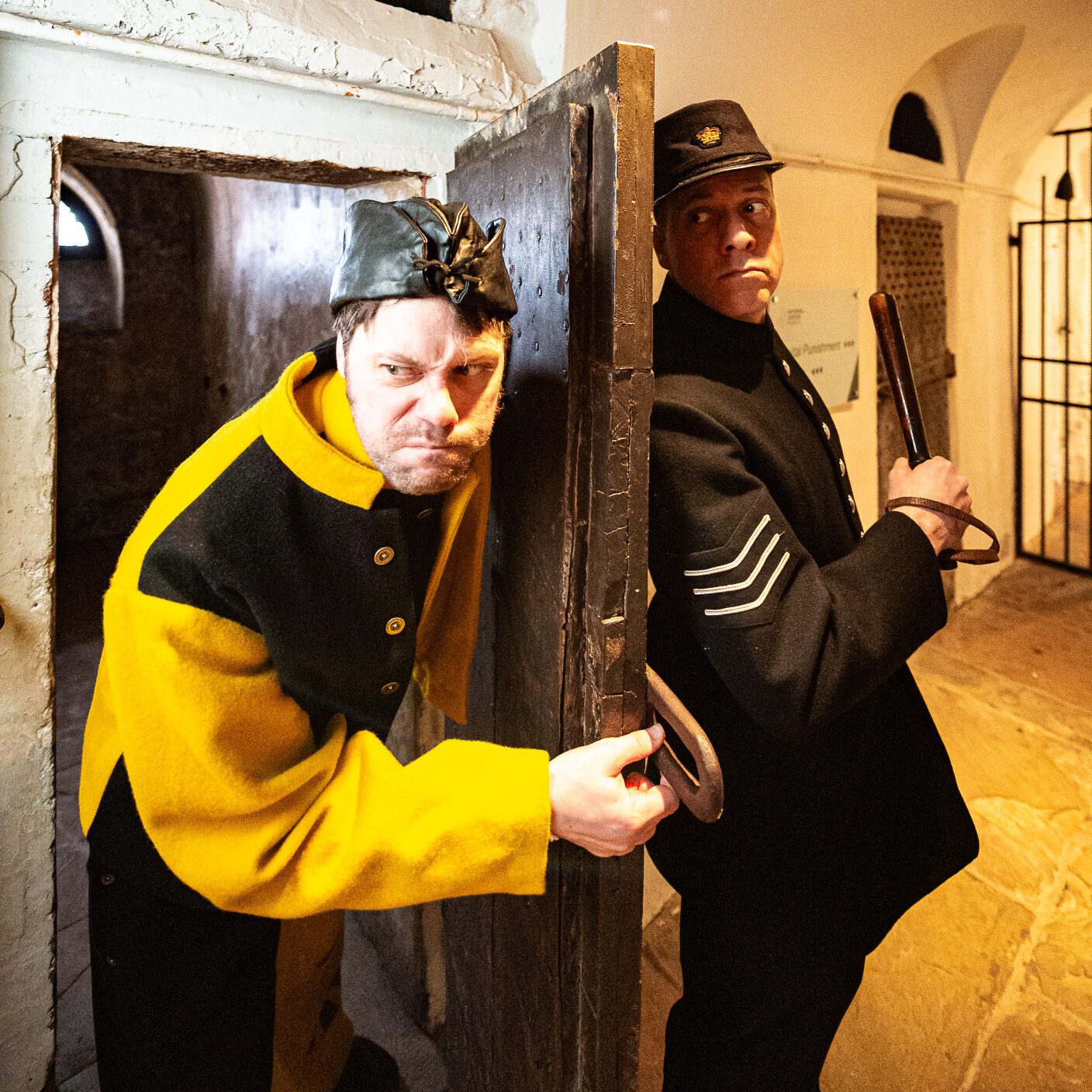
Enjoy a summer of discovery at the National Justice Museum
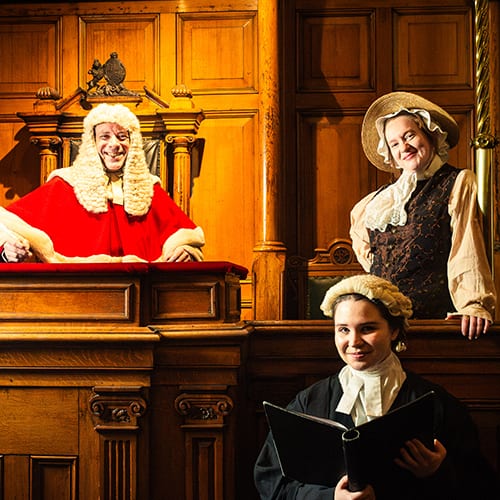
Discover a year of family entertainment and fascinating history at the National Justice Museum with our new Annual Pass!
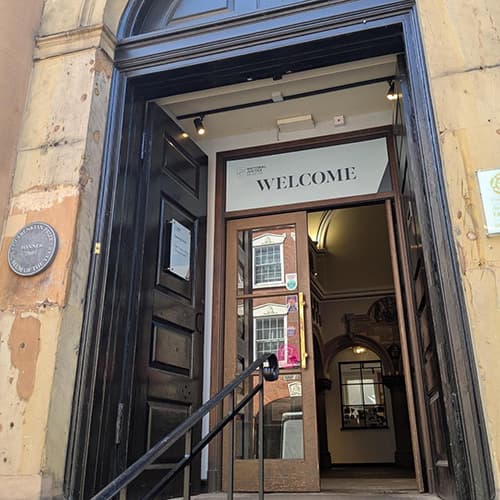
Everyone is welcome at the National Justice Museum
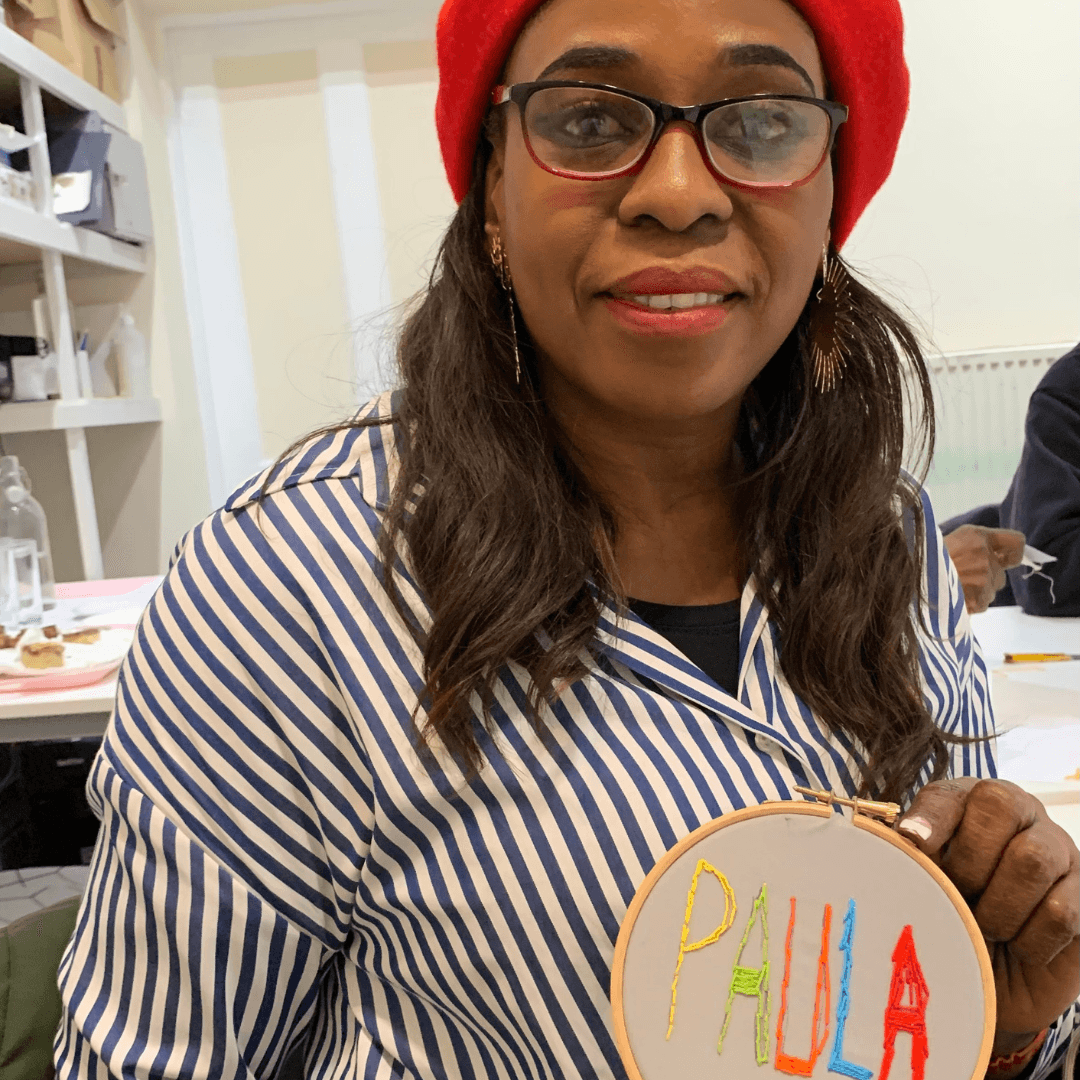
Interview with a volunteer - Paula

Asking For It, an award-winning exhibition challenging the culture of victim-blaming, opens at the National Justice Museum

National Justice Museum announce recipient of £1000 photography Creative Residency Prize

UK-first bronze sculpture makes history in Nottingham’s Broad Marsh Green Heart

The History of Borstals in England - Part 6 - Medical Care
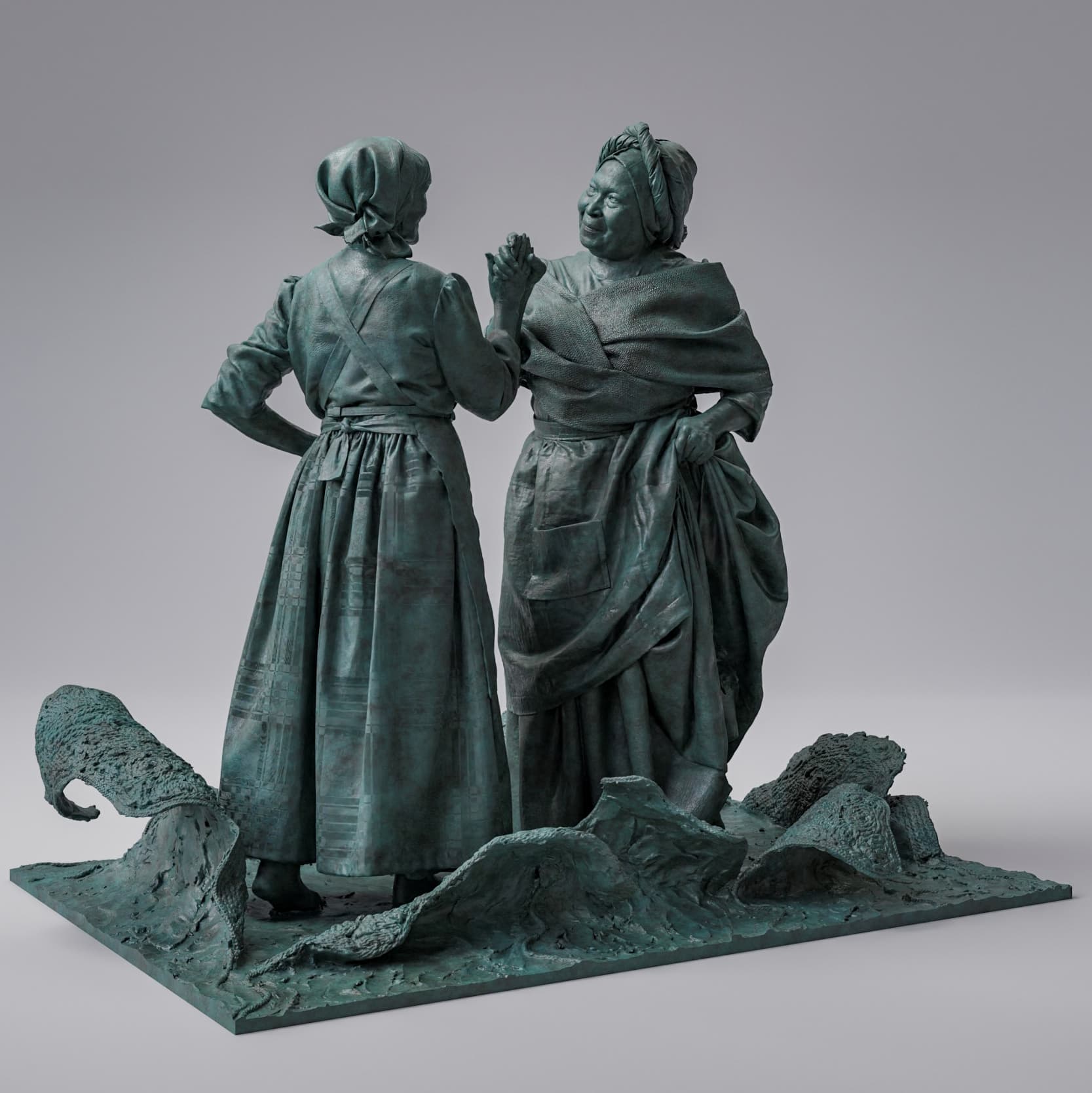
UK-first bronze sculpture for Nottingham’s Broad Marsh Green Heart confirmed for early 2025

The History of Borstals in England - Part 5 - Education and Routine

The History of Borstals in England - Part 4 - Health
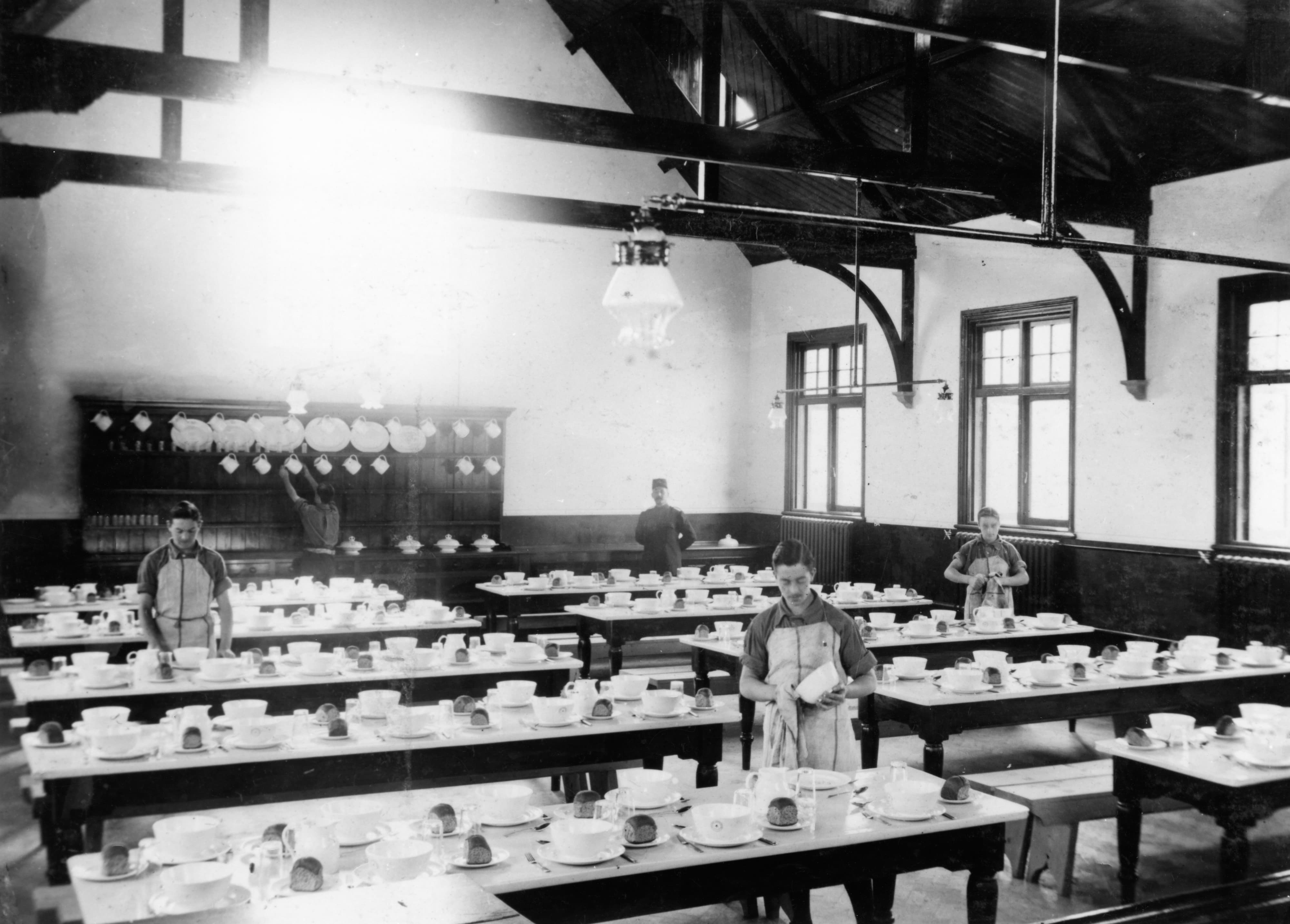
The History of Borstals in England - Part 3 - Food

Picture This: Hope - Blog by last year's residency winner, Francesca Hummler
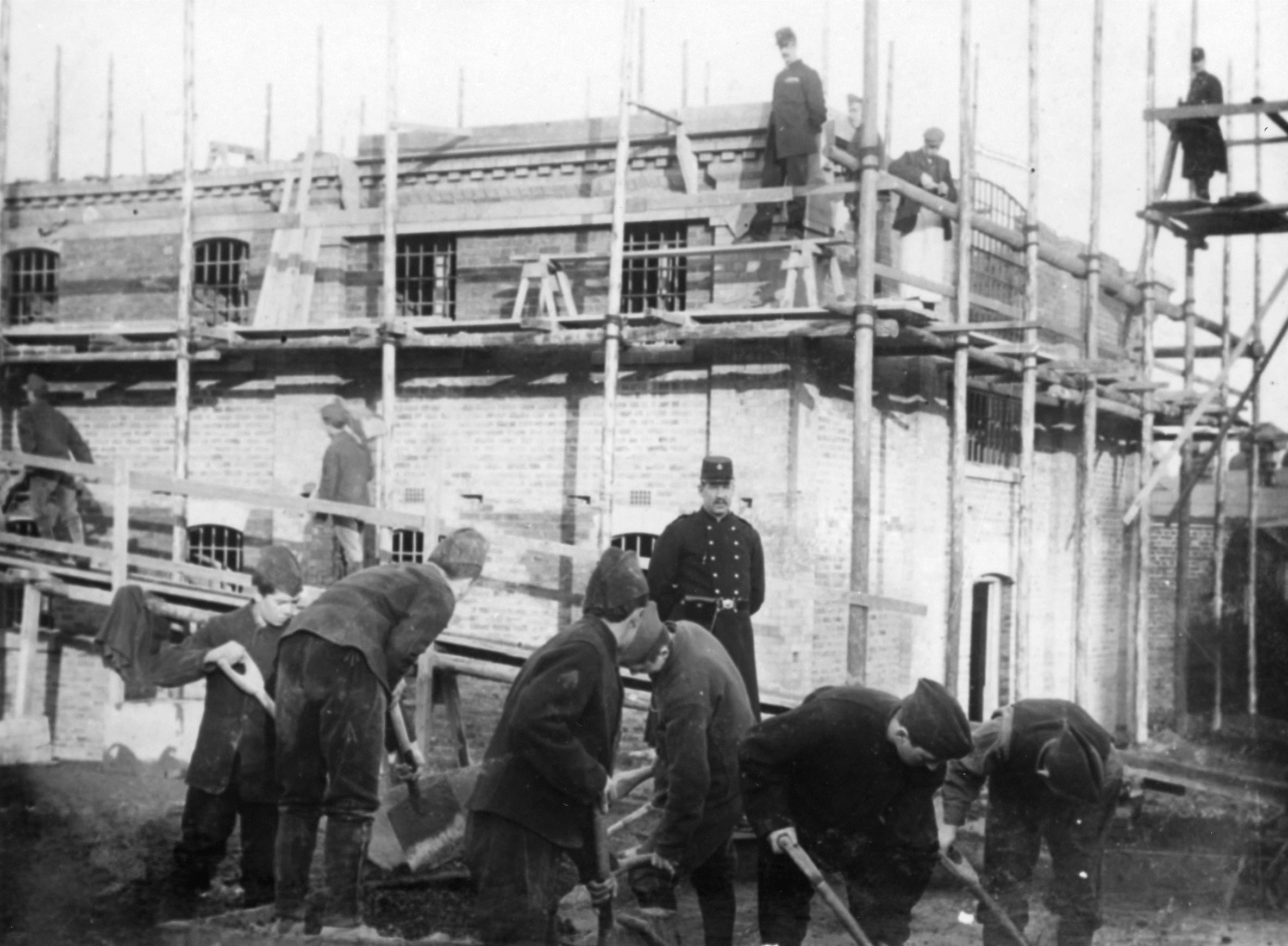
The History of Borstals in England - Part 2 - Farming and Agriculture

The History of Borstals in England - Part 1 - Timeline

Find us on the Robin Hood Adventure Trail this summer
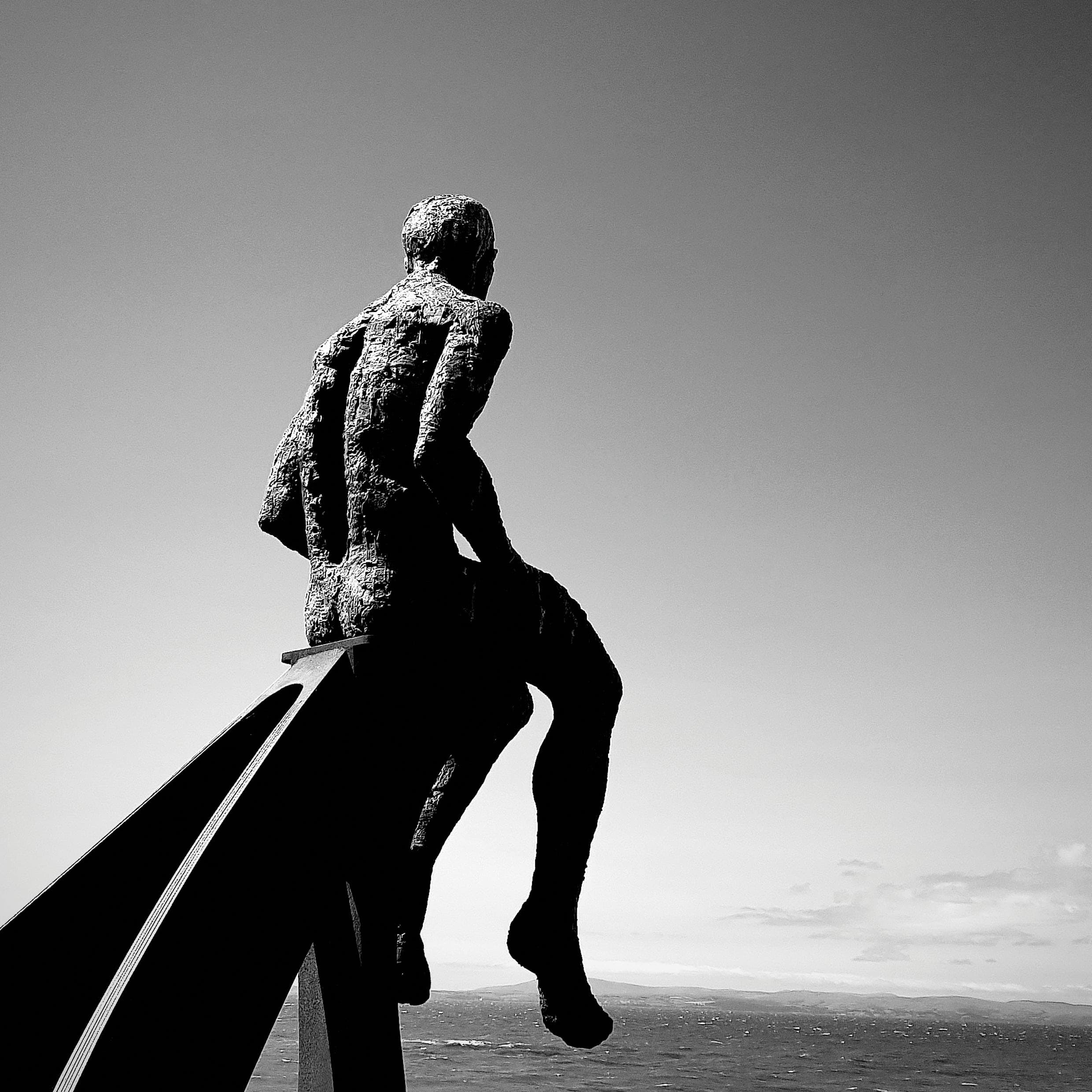
National Justice Museum announces judges for Picture This: Hope photography competition

National Justice Museum, Nottingham, appoints four new trustees to its board
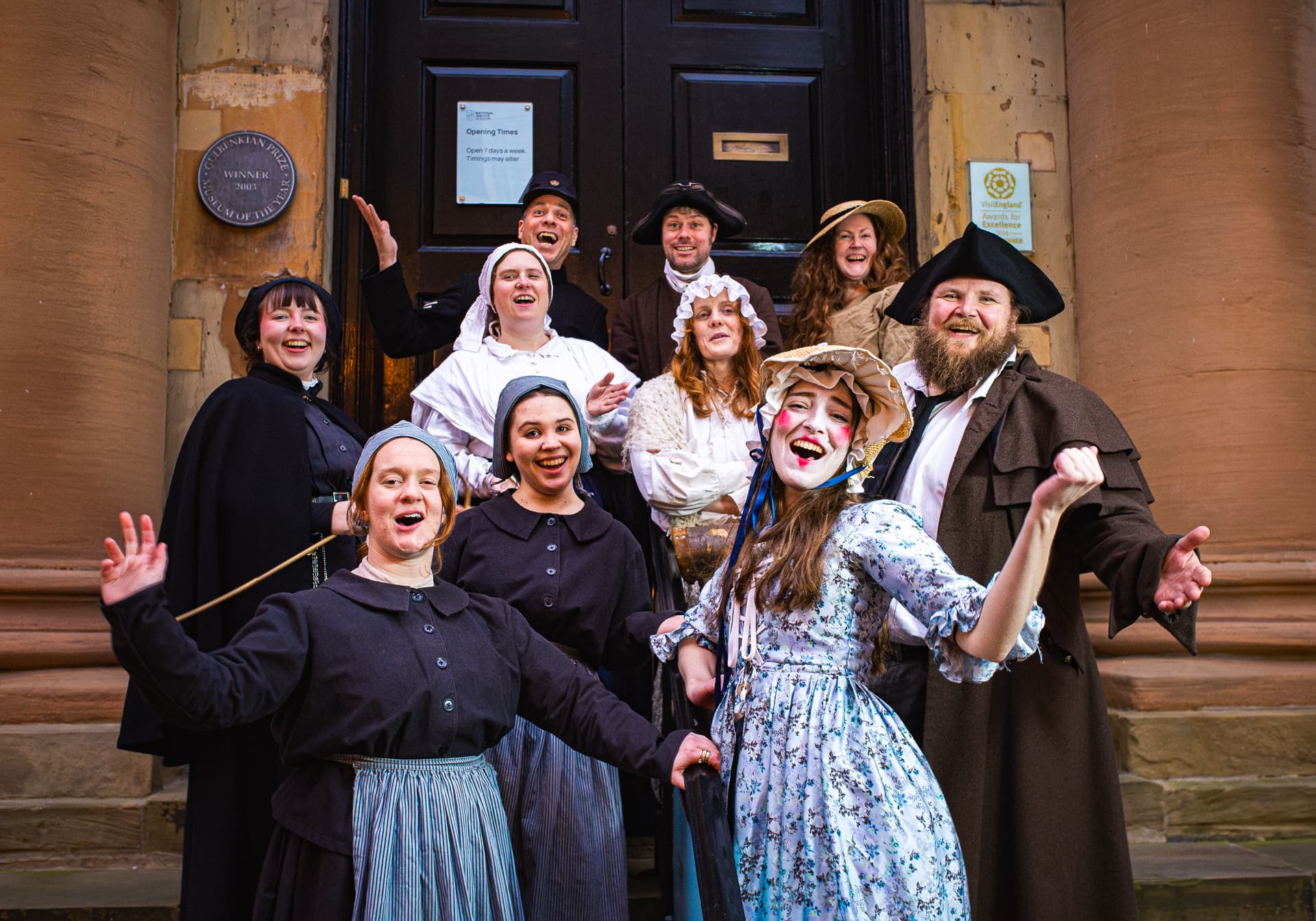
National Justice Museum and City of Caves Win Tripadvisor® Travellers’ Choice® Award 2024

National Justice Museum celebrates the life of its patron Lord Judge
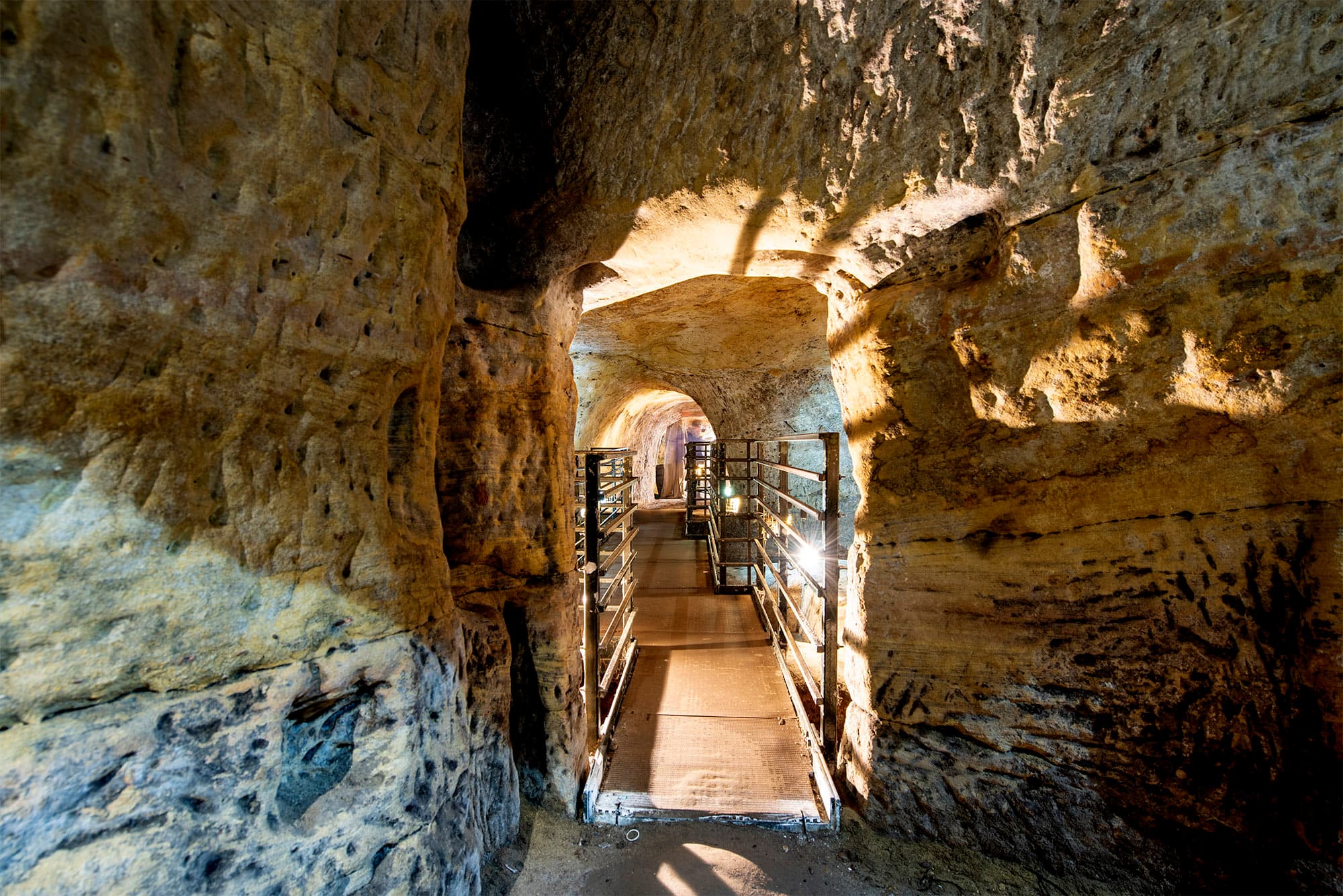
National Justice Museum and City of Caves Recognized as Tripadvisor® 2023 Travellers’ Choice® Award Winners
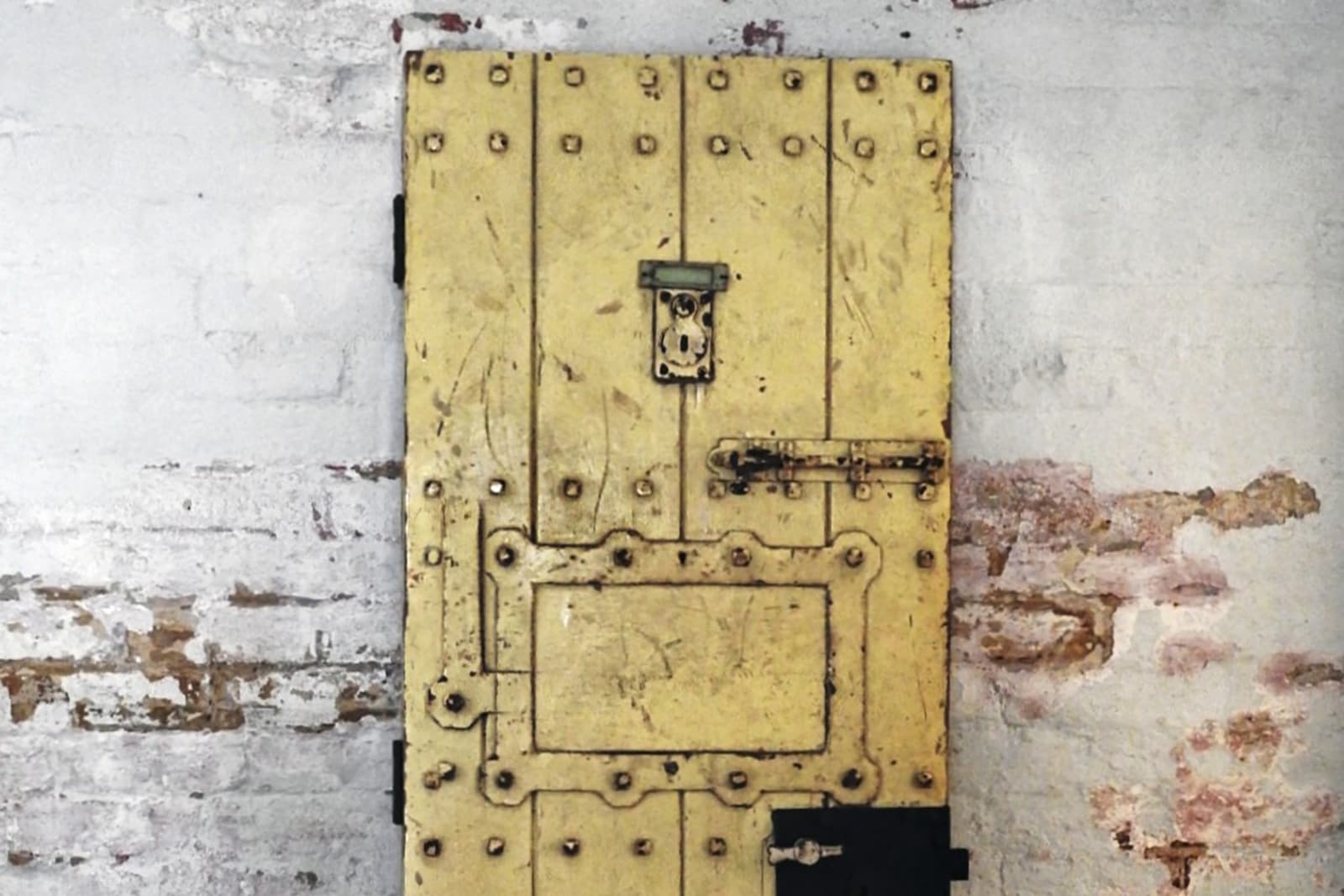
An iconic piece of LGBTQ+ history returns to public display at the National Justice Museum

National Justice Museum is awarded a £249,996 grant by The National Lottery Heritage Fund
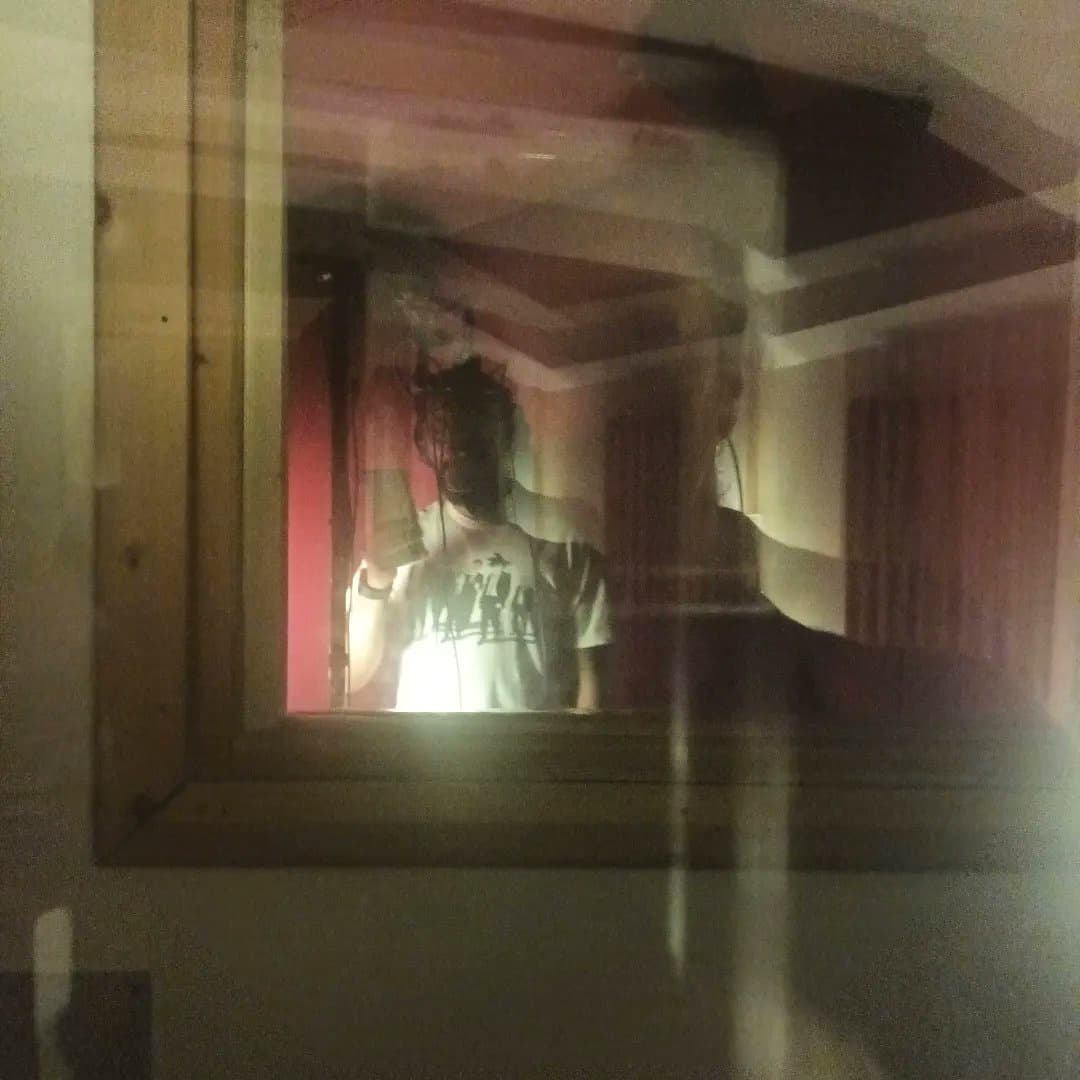
Immersive, site-specific performances come to the National Justice Museum for one day only
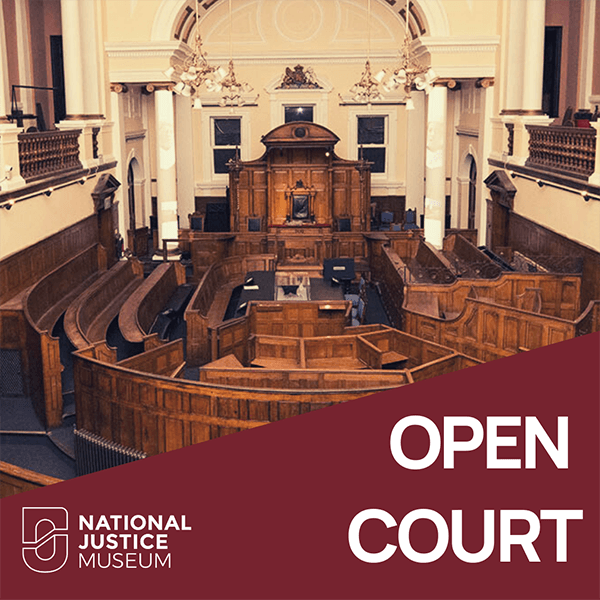
National Justice Museum's Open Court podcast back for a second season

Family devastation brought closer to home in knife crime prevention workshops

National Justice Museum announce recipient of £1000 photography award

National Justice Museum recognised as one of England’s outstanding cultural organisations through Arts Council England’s National Portfolio

National Justice Museum’s new open-call photography exhibition, Freedom, to open in November

The National Justice Museum explores untold stories of Black presence

National Justice Museum opens call out for object donations from Black Legal Professionals

National Justice Museum announces judges for Freedom photography competition

National Justice Museum Wins 2022 Tripadvisor Travellers’ Choice Award

Rolls Building Art and Education Trust & The Technology and Construction Court Art Competition
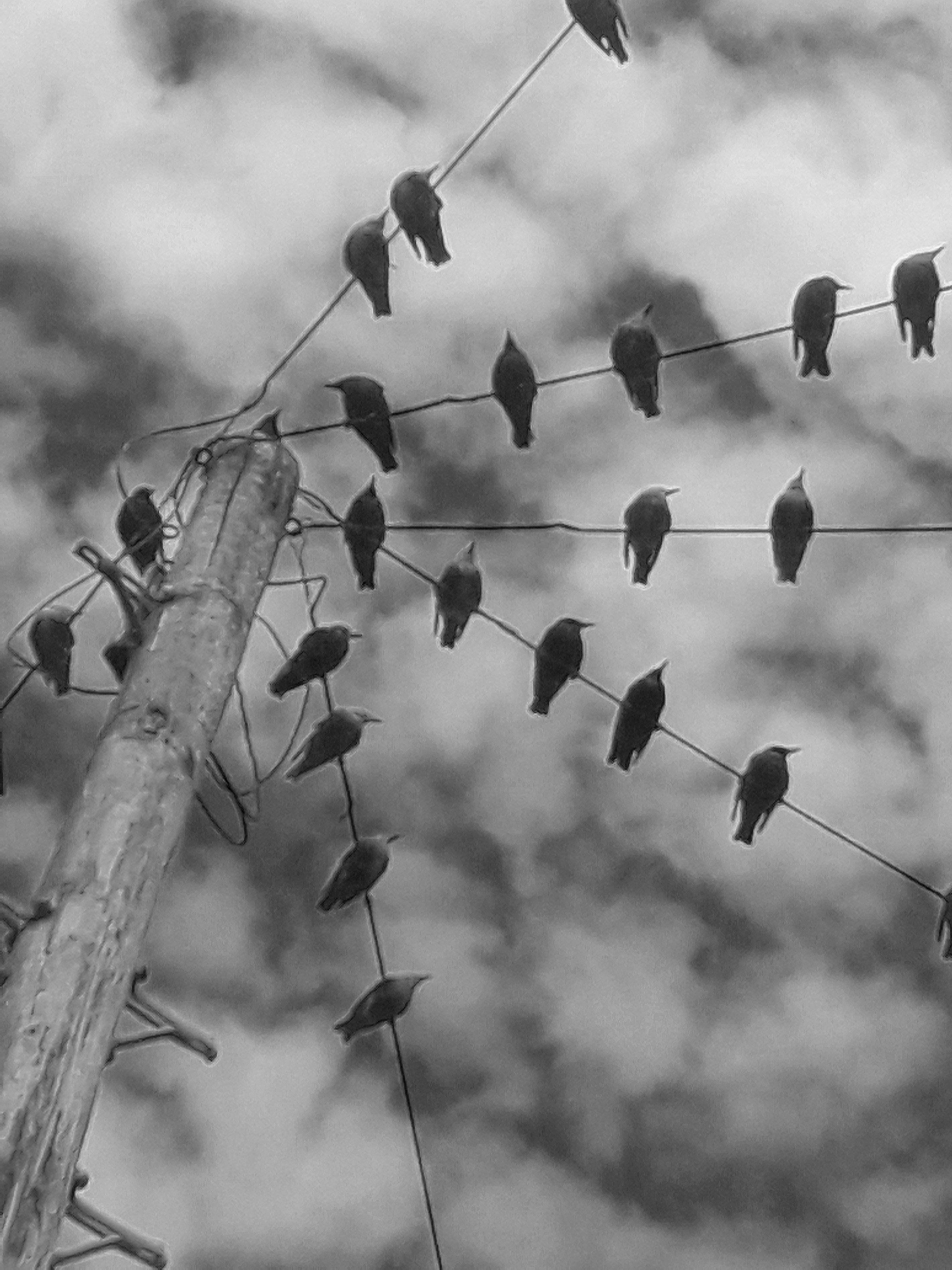
National Justice Museum opens submissions for photography exhibition with a £1,000 prize at stake
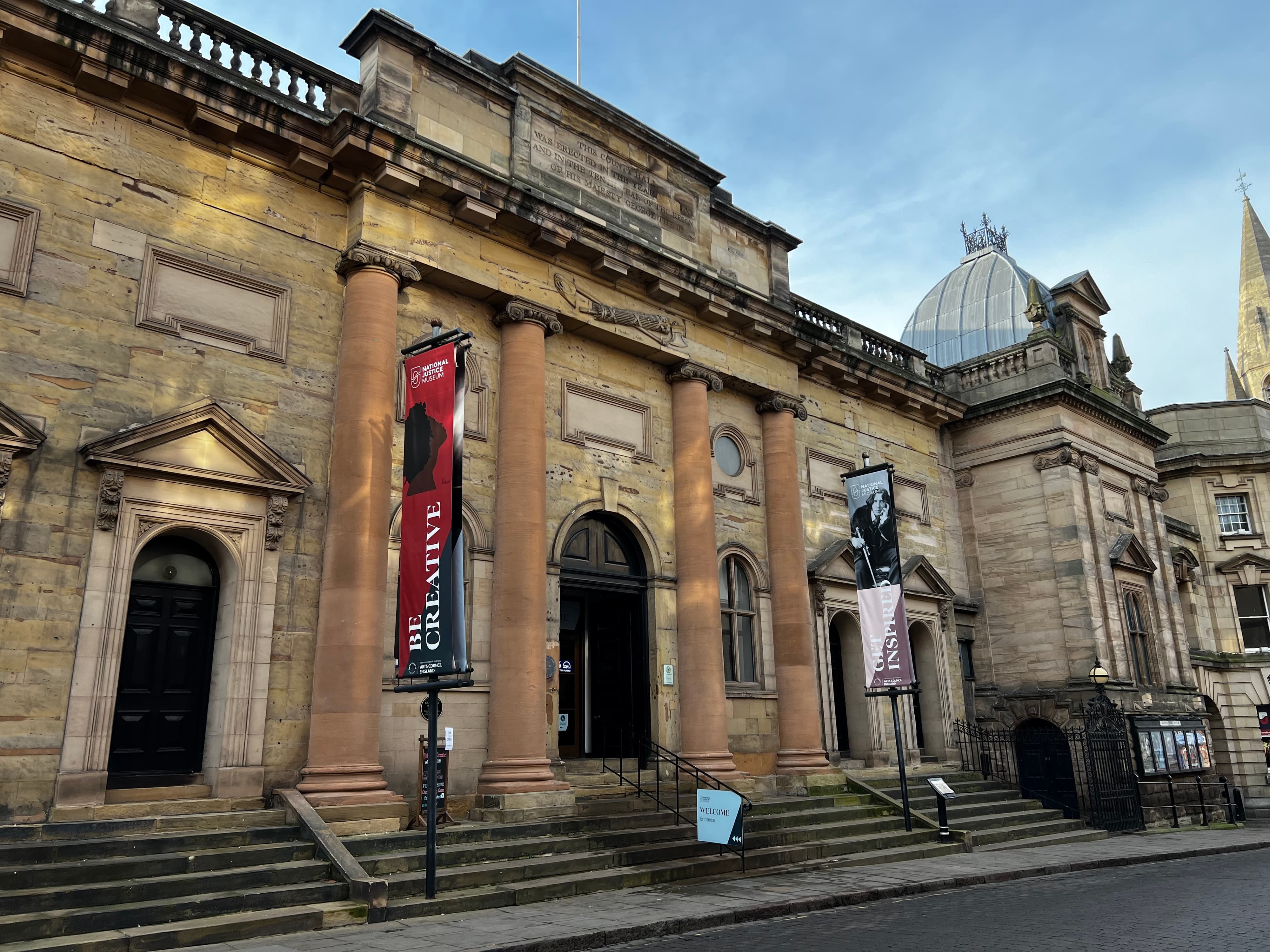
National Justice Museum to receive £362,900 in fund which helps safeguard nation's cultural heritage

The National Justice Museum publishes Letters of Constraint

National Justice Museum wins Best Museums Change Lives Project at Museums Change Lives Awards 2021

Welcome back S.H.E.D!

‘Freed Soul’ letters

Justice week 2021

Ghost stories with Claire

Autism and me
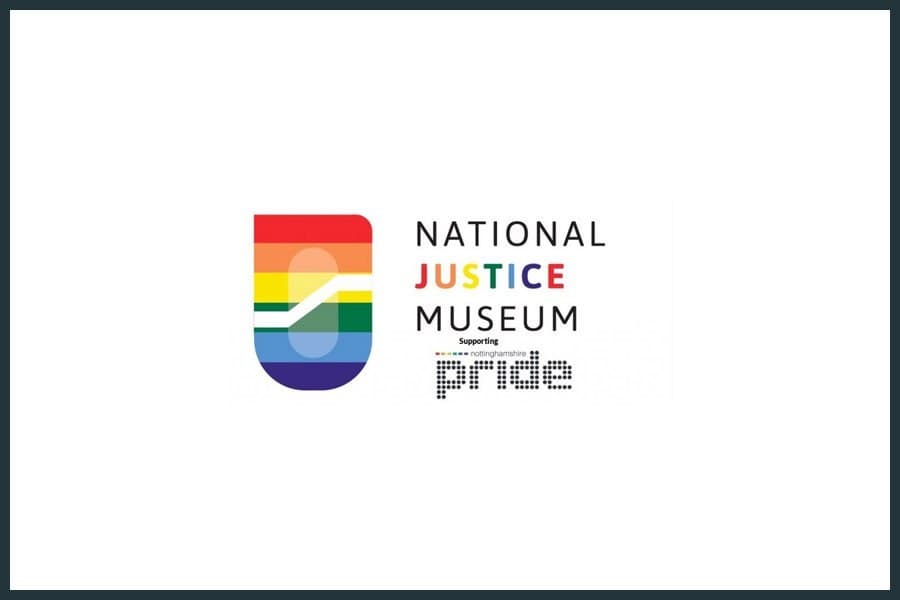
Staying proud

Ultimate travel list

The ‘Bloody Code’?
